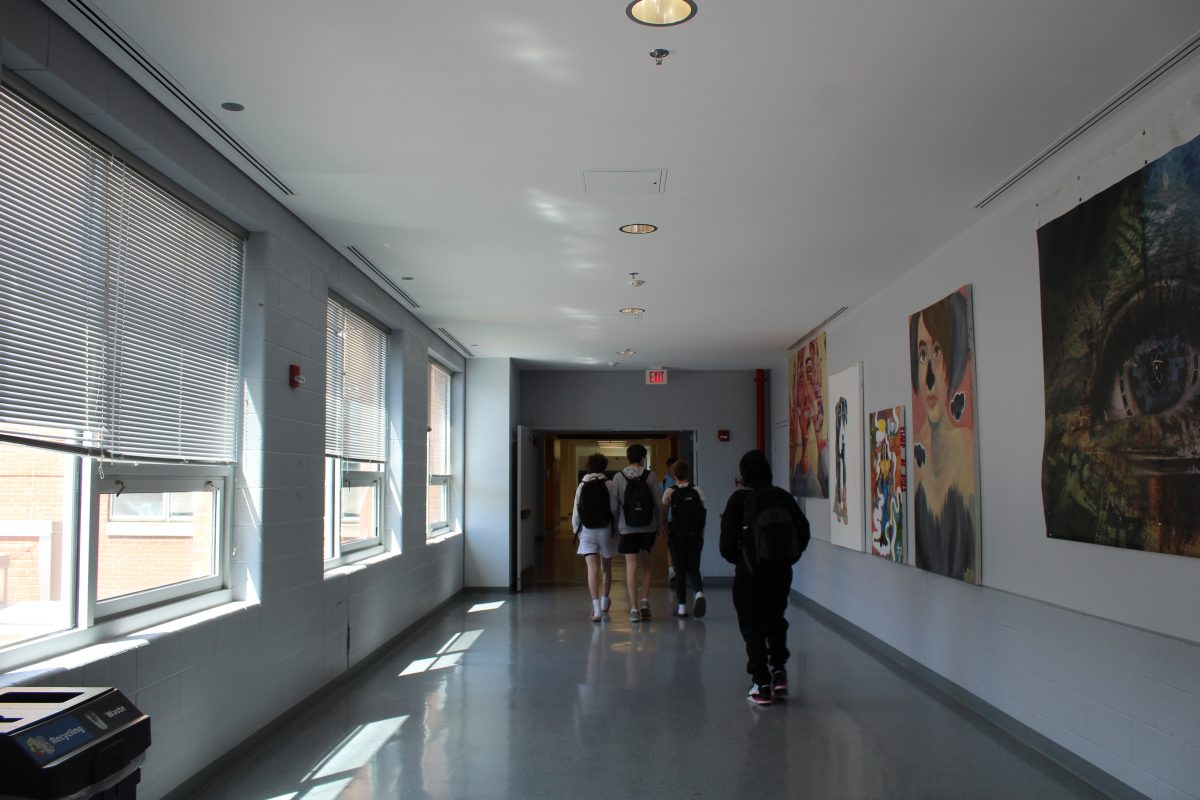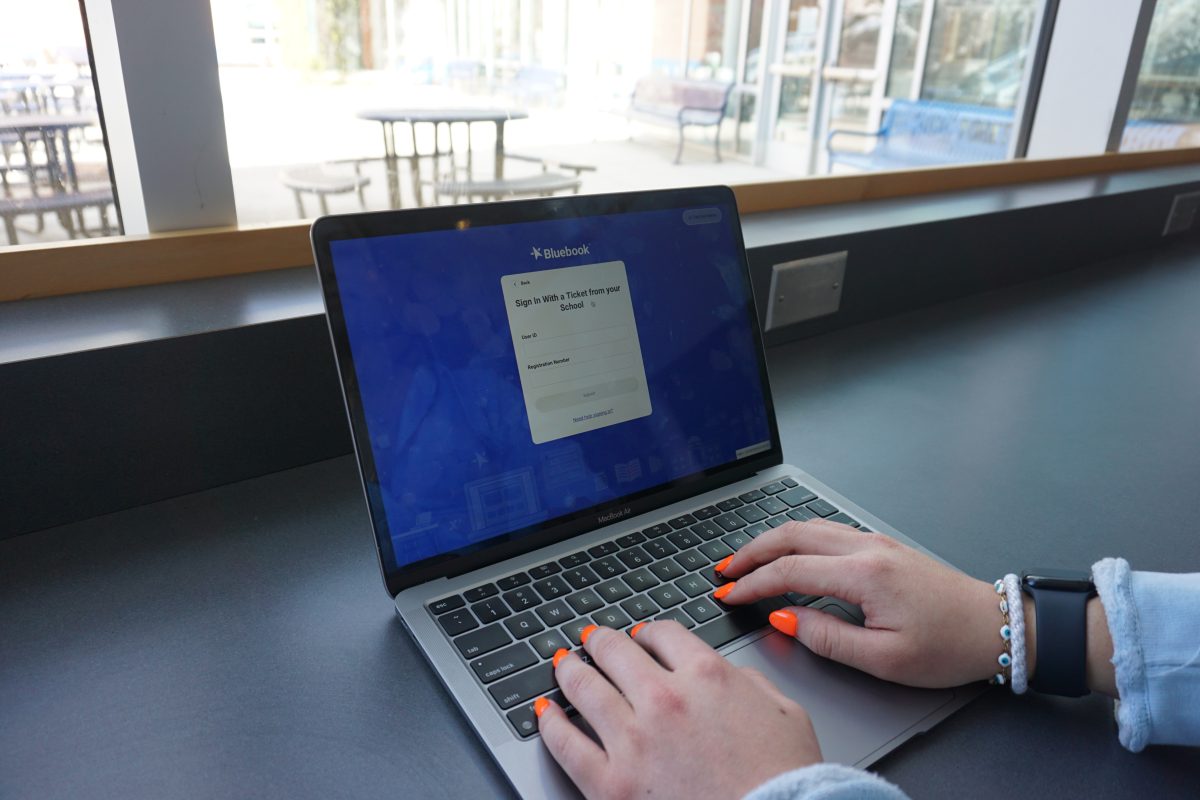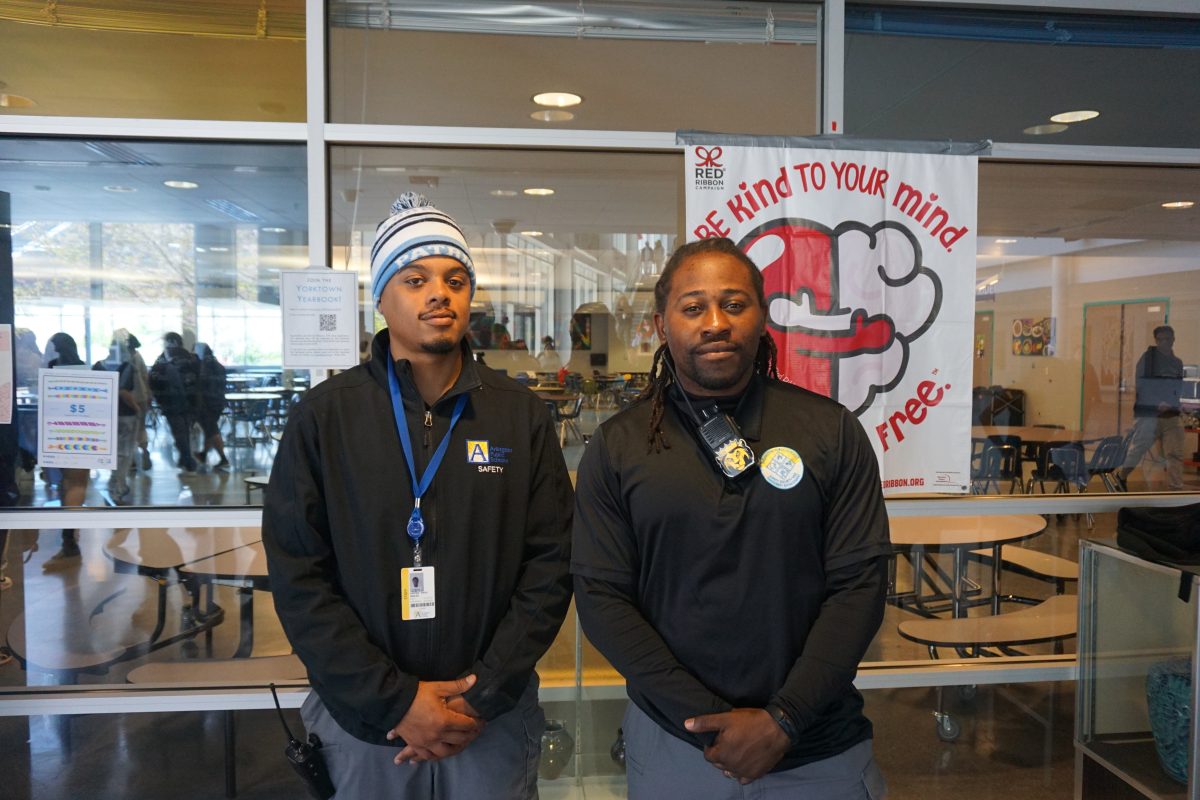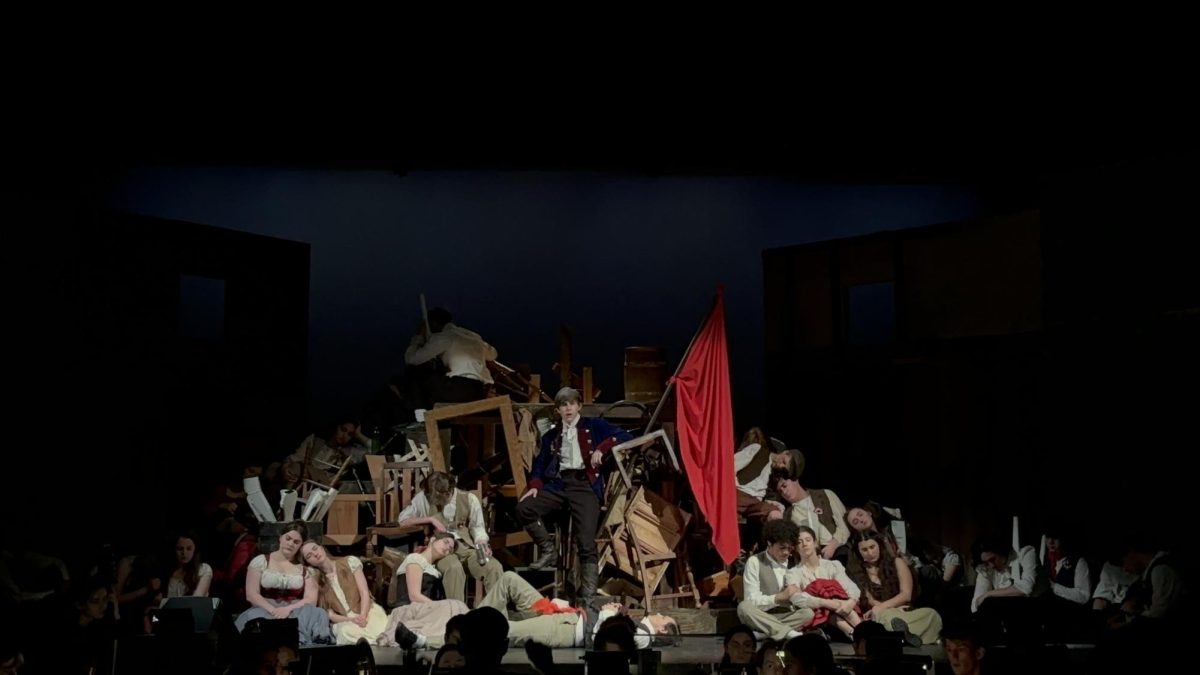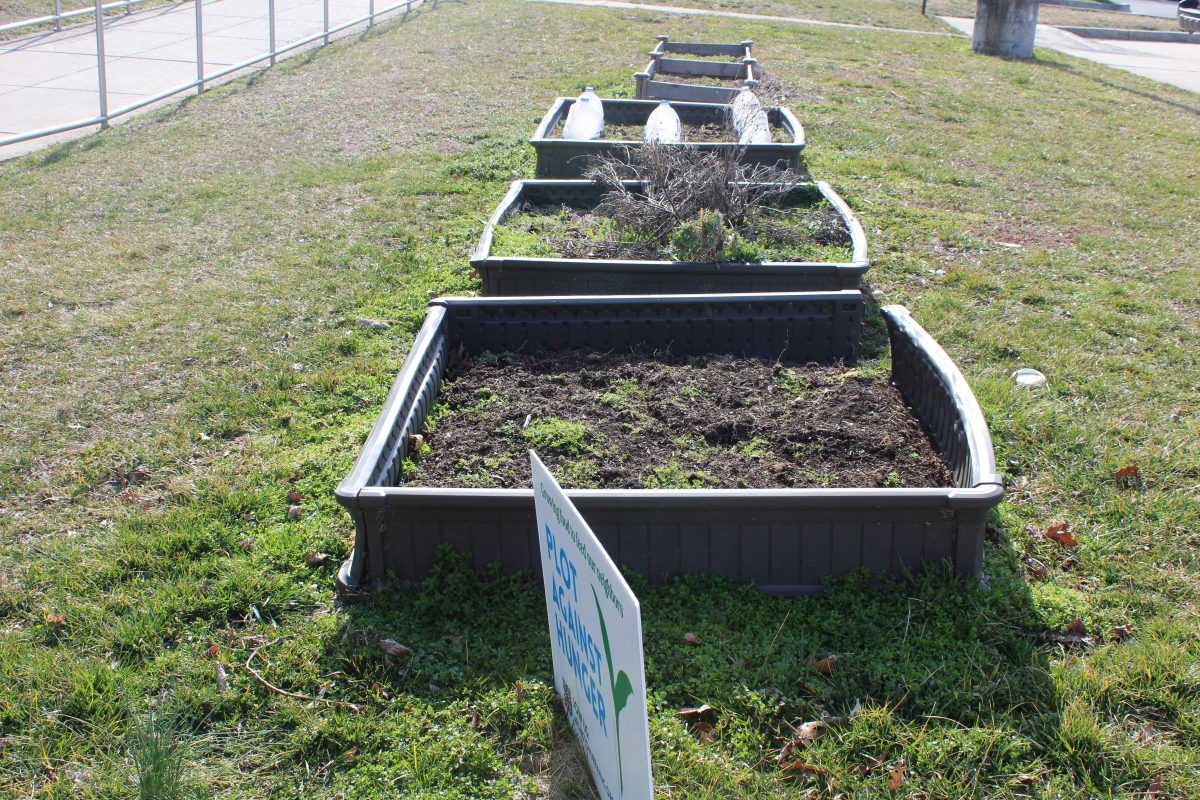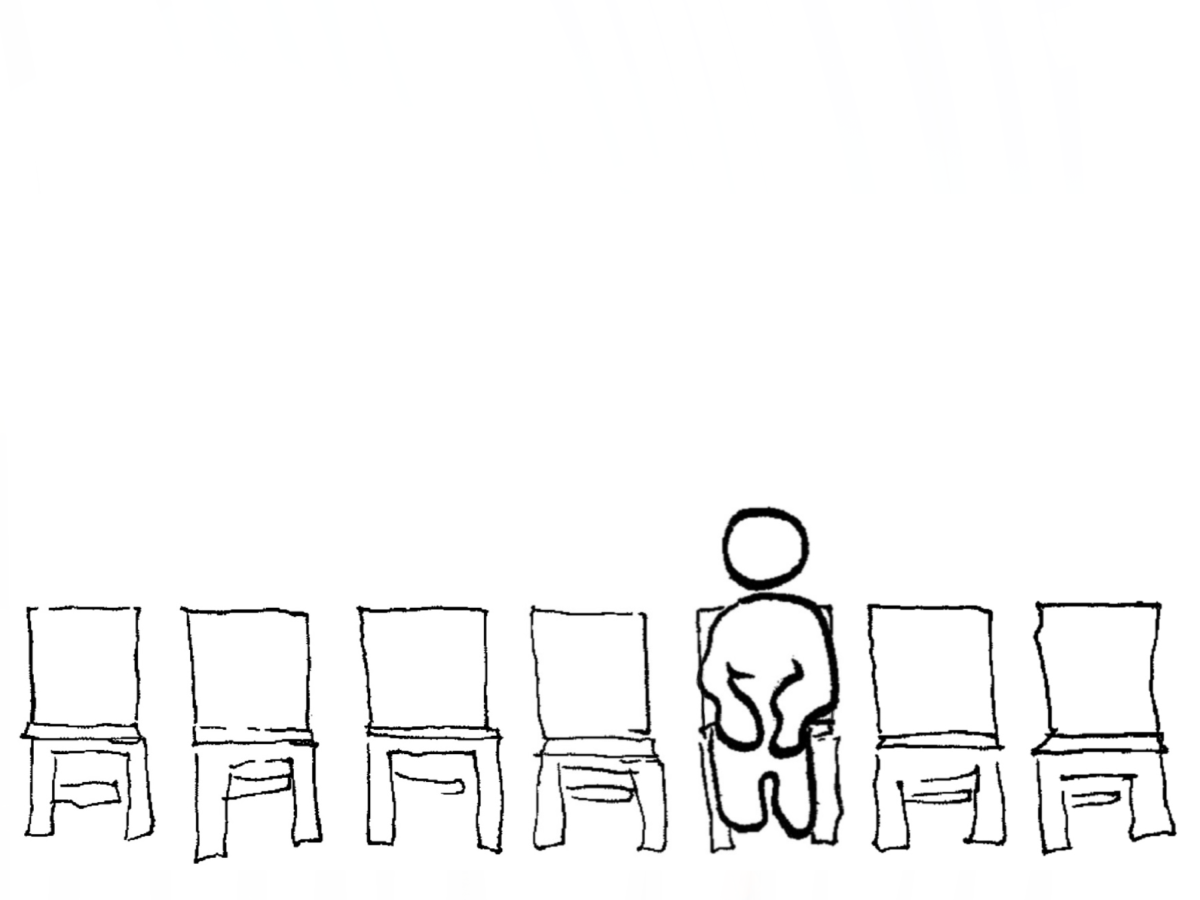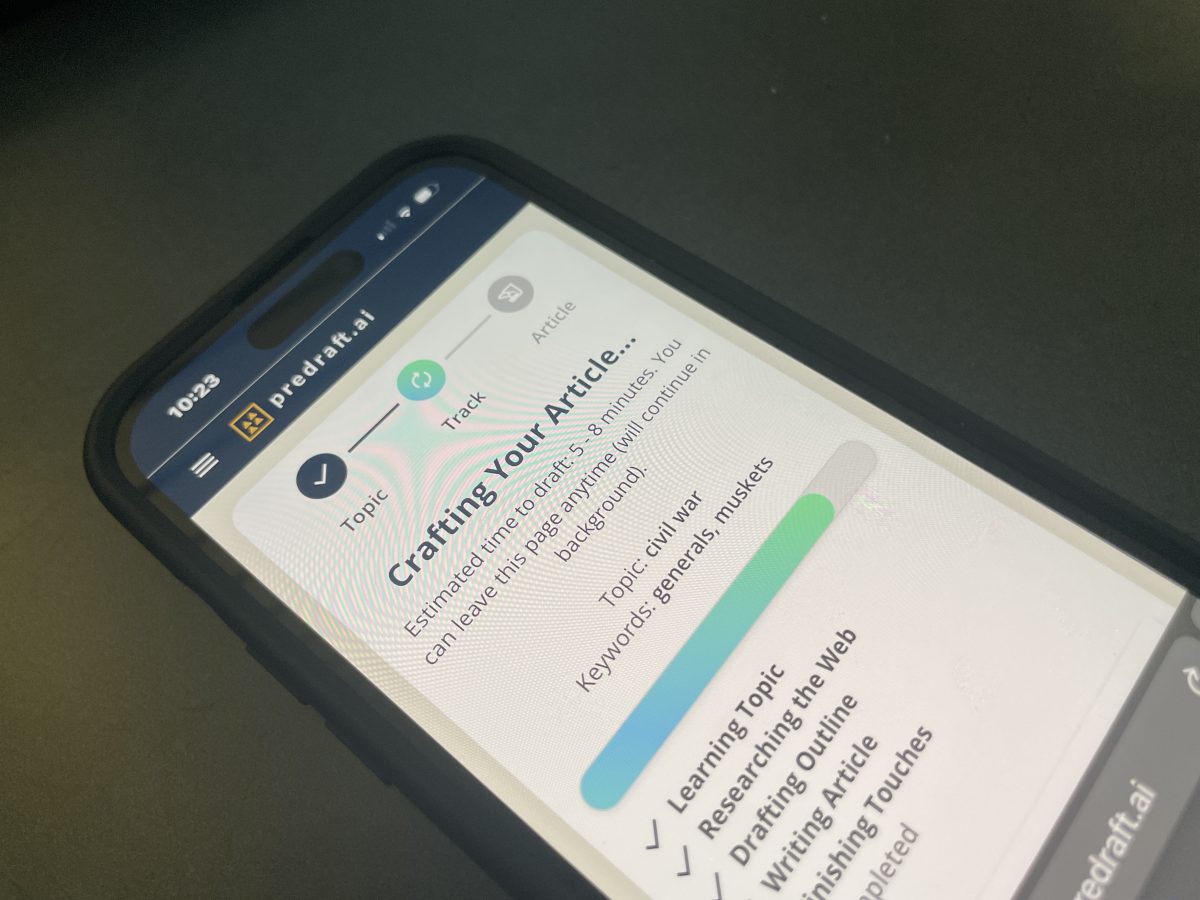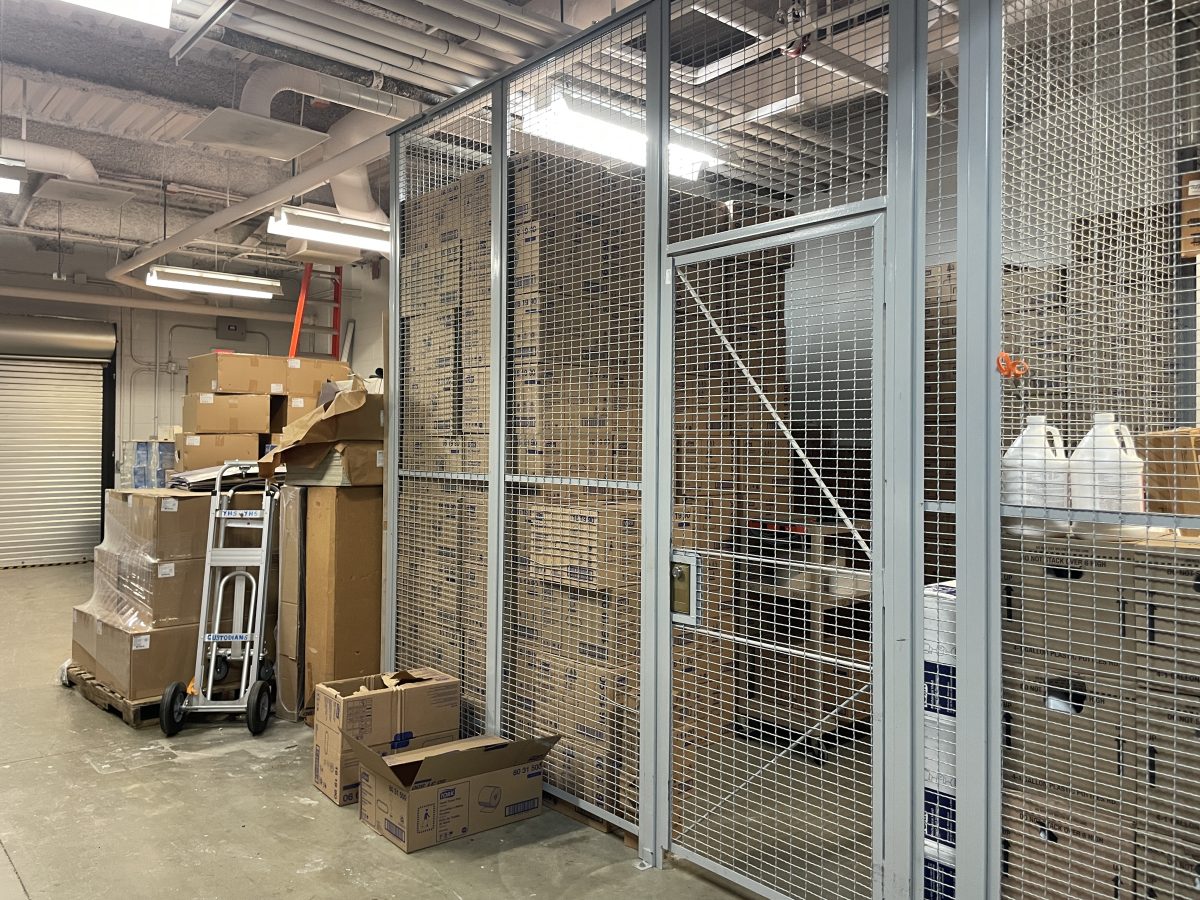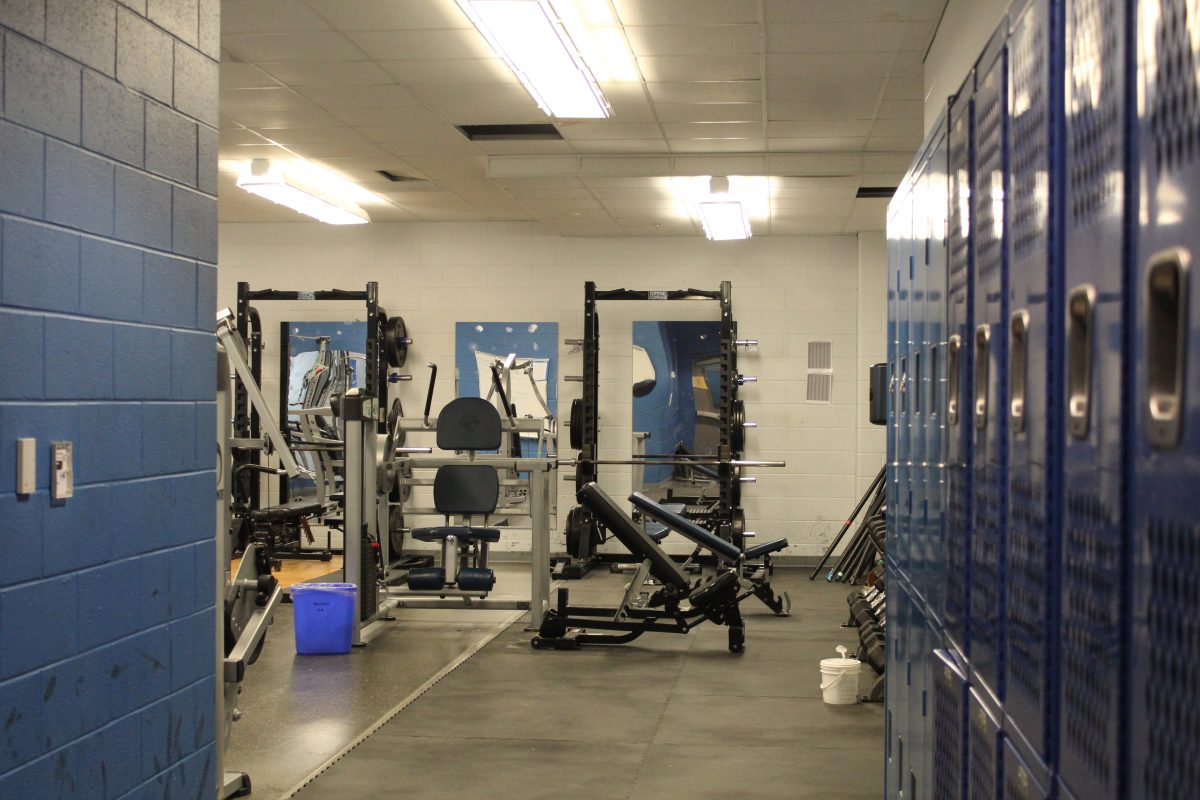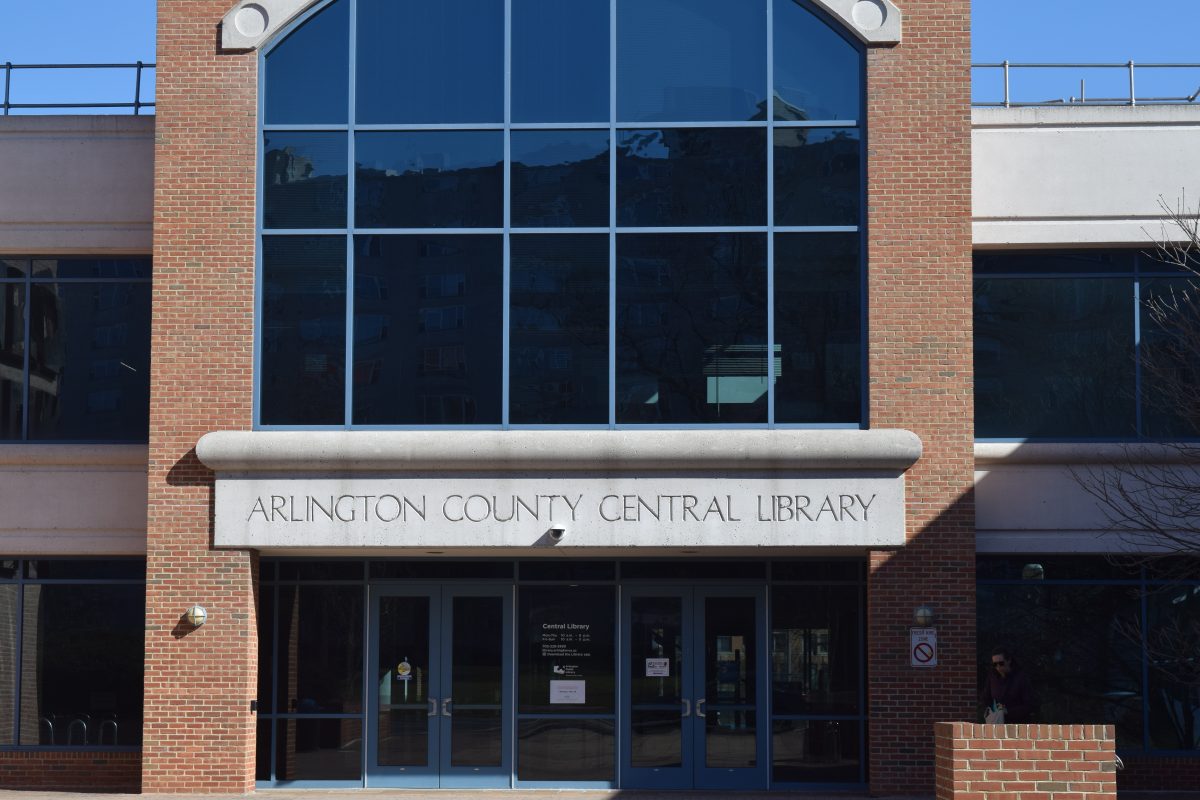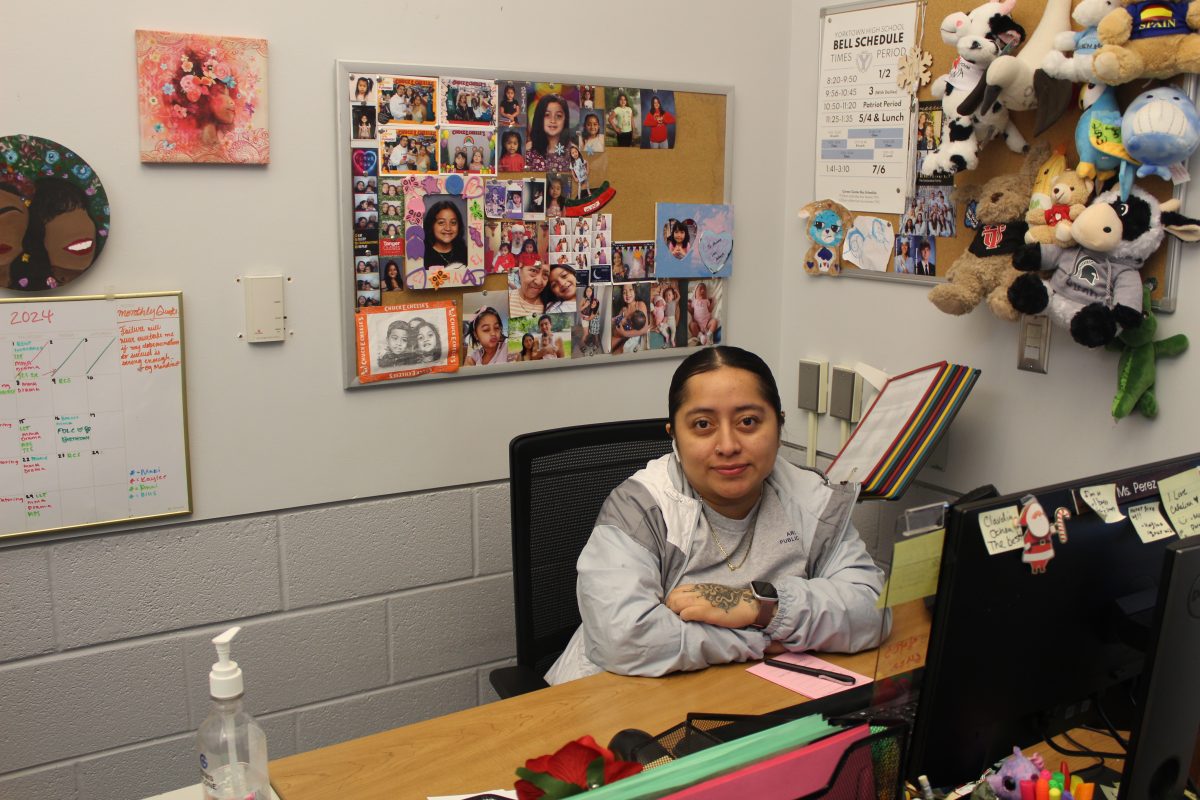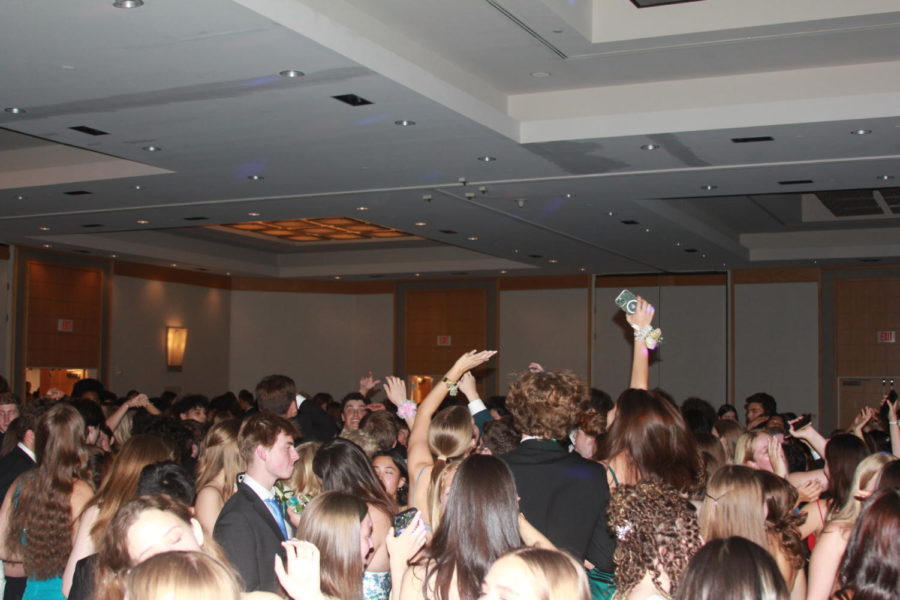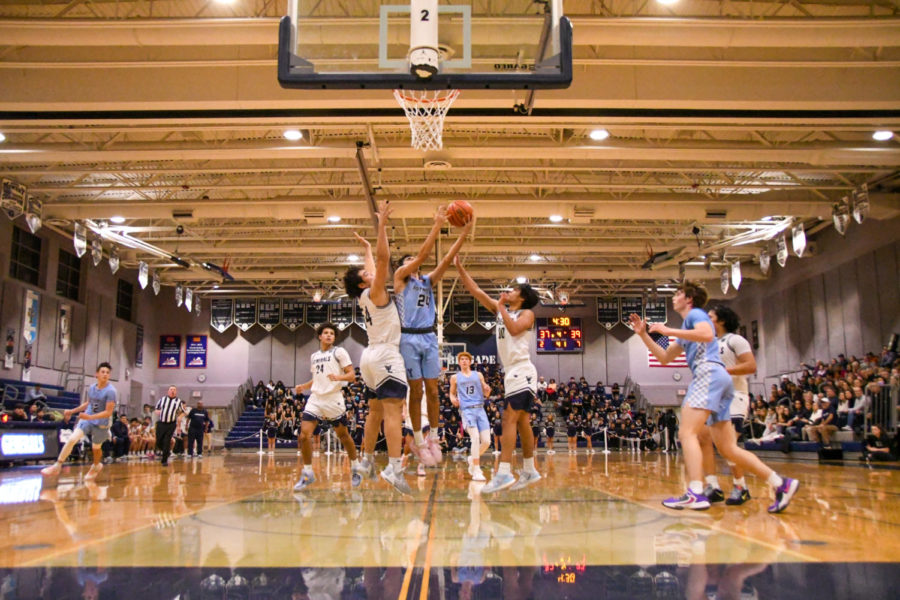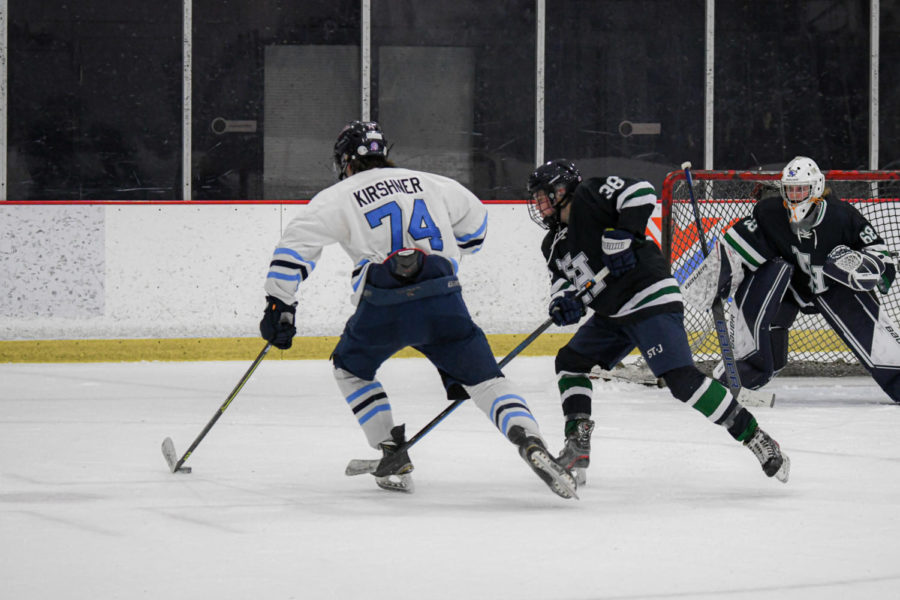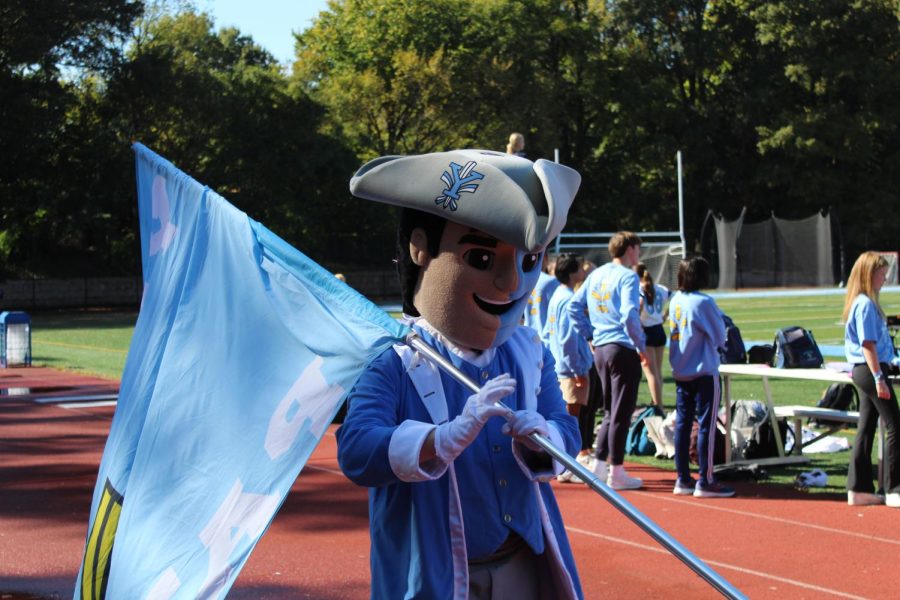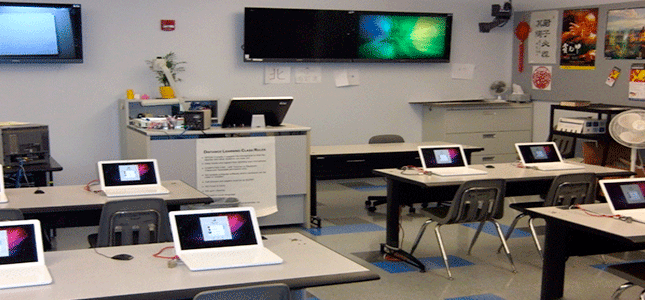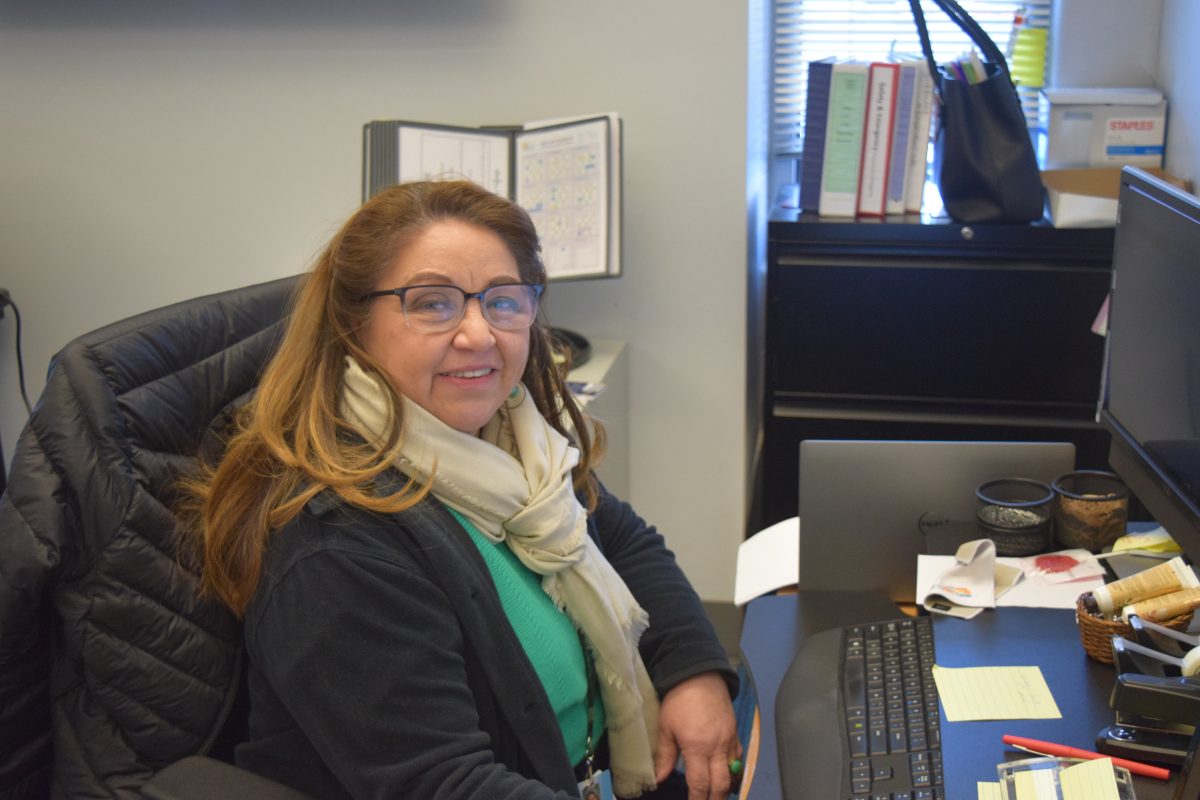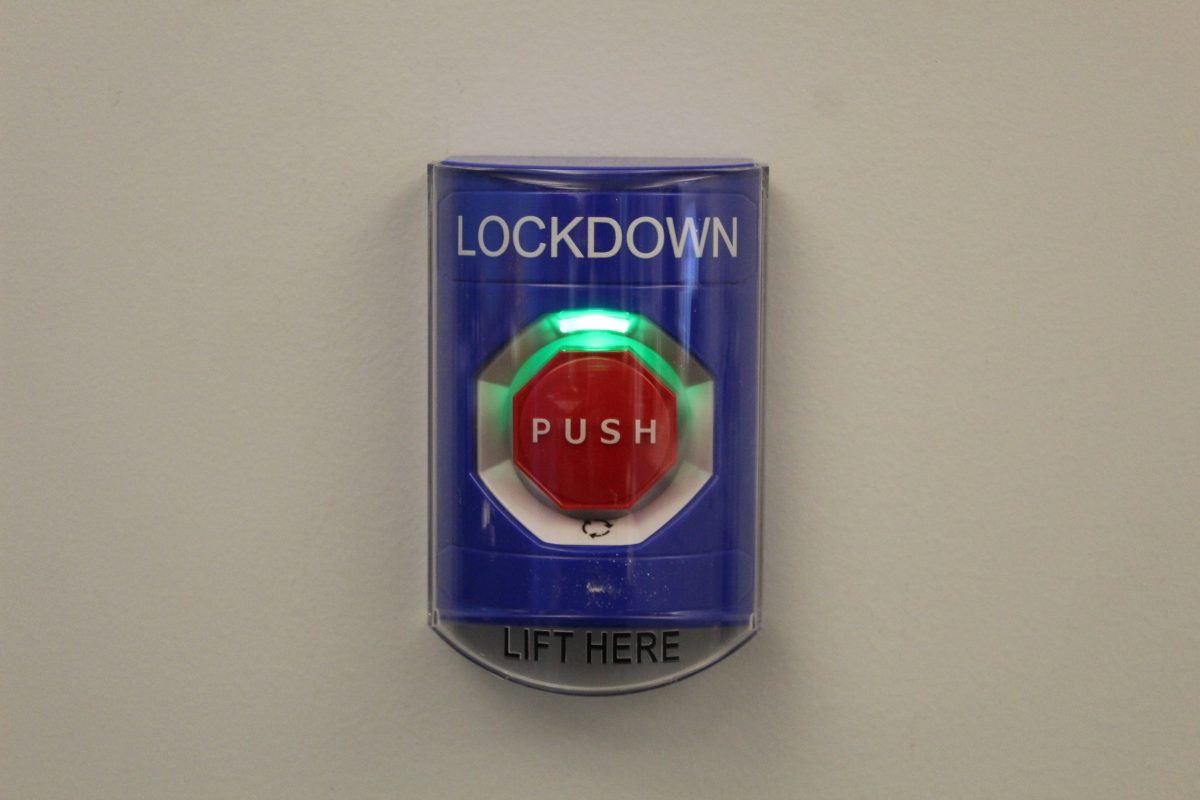By Isabelle Foley
Sentry Staff Reporter
In today’s technological age, computers have found their way into everyday classroom environments. Distance Learning (DL) classes provide a unique opportunity for students to learn languages otherwise unavailable to the school. Online classes and webcams are an integral aspect of this system. The different courses, however, provide different experiences.
Arabic, Chinese and Japanese are taught as online courses. Arabic courses levels I-IV and VI are provided by the Arab Academy in Cairo, Egypt and supplemented by an Arlington Public Schools (APS) teacher. Chinese I and II are taught by APS teachers, as are Japanese I-IV. However, Chinese III and IV do not have an APS teacher, and courses are provided by the Virtual Virginia group.
“Chinese is entirely online. Our grades are posted online, our quizzes are online and we complete them online… some of the course work is posted and you can do it whenever you want, even outside of class,” said senior Emily Boda, a Chinese IV student, who has been taking DL classes for three years. “…you have to read stuff online and turn in your assignments by a due date… but some drawbacks are that you never get face-to-face time with your teacher, and the grades are really hard to work out.”
While an online course can be a suitable solution for certain languages, it may not always be satisfactory for a language as difficult to learn as Chinese.
“[Chinese] is such a verbal language, and we’re not allowed to talk during our DL class,” said Boda.
Students do, however, have the option of contacting an actual teacher when necessary.
“In Chinese, we are required to have a once monthly session with our teacher, kind of like on Skype… our teacher is available to ask questions on email and on IM,” said Boda.
German DL classes offer a different course structure. Unlike the other three classes, German II-V students are provided with a two-way audio and video system, allowing them to interact with a rotating APS teacher. This also means that there is a teacher intermittently present in the classroom, while the other classes only have proctors.
“There is a two-way webcam, and microphones along with multiple TV screens. Communication is easy,” said sophomore Jessie Kinney, a German II student.
“This is my first year in a DL class… the transition was definitely a new experience. It took a week or so to get in a good routine with everything… because of DL, I can continue taking the language I want, regardless of the number of students. A drawback is that there’s not always a teacher present.”
Despite the seemingly unconventional structure, the experience is not very different from that of other classes.
“We follow a normal day to day lesson plan. Tests and quizzes are graded as normal. I notice no difference from the regular [German] class last year,” remarked Kinney. “I do plan on continuing DL. I really enjoy German and would like to follow through with it all four years.”
As technology continues to advance, a wider variety of classes are being made available to APS students. Although it is sometimes difficult without a teacher around, DL classes provide a favorable substitute for classes that would otherwise not exist. As these classes increase in popularity, more interactive systems can be developed. Who knows what the future of education holds in store.

